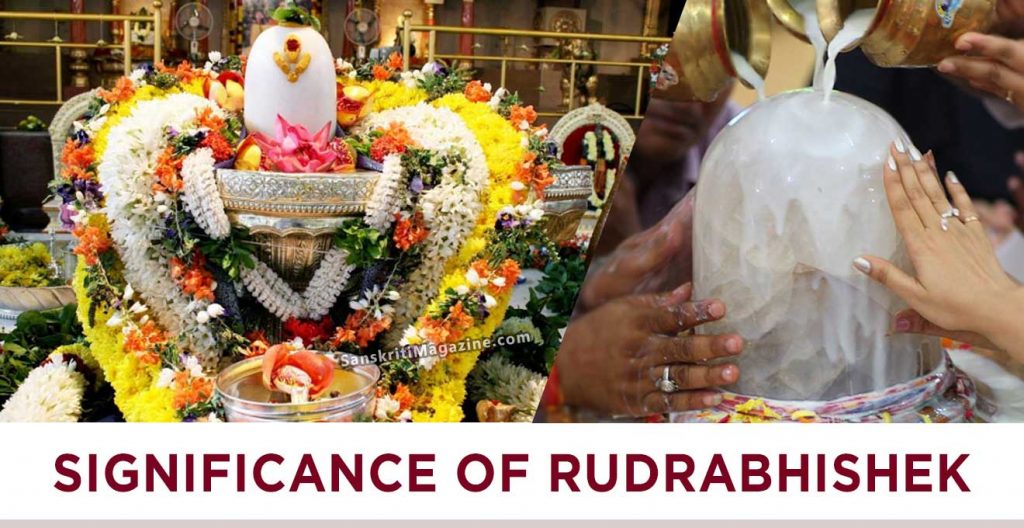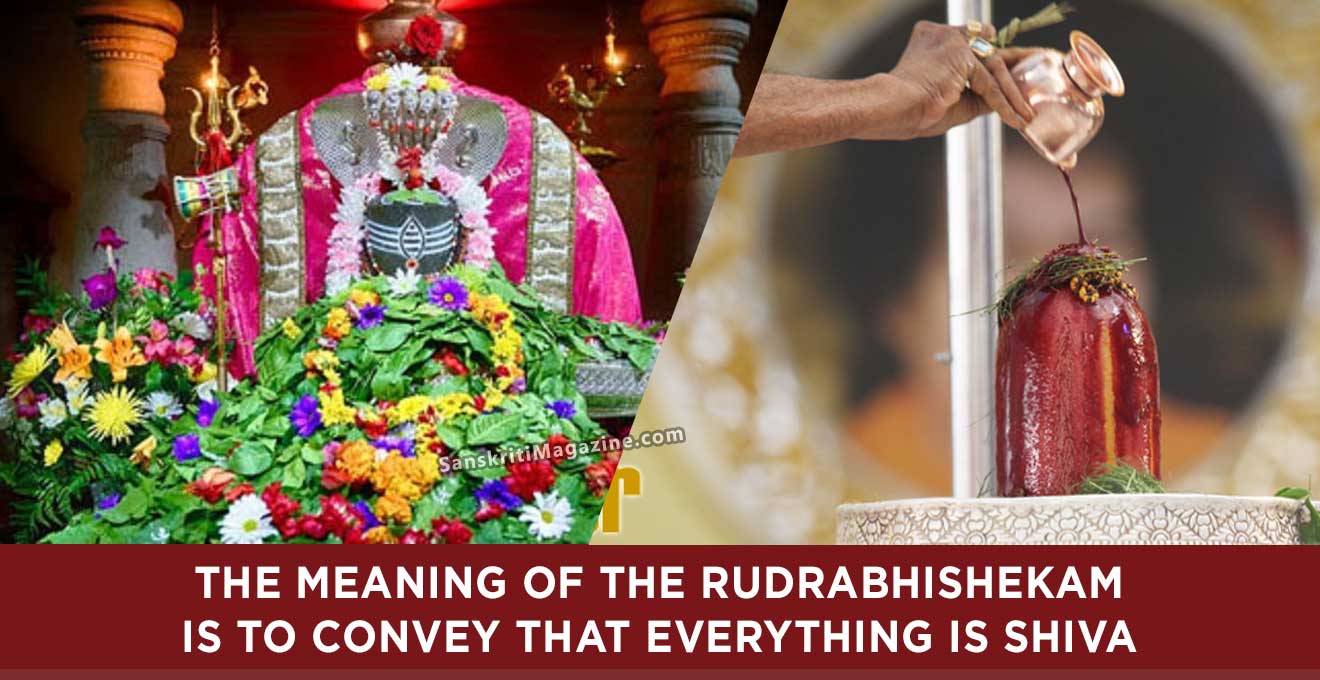There are two parts, the first part says, ’Namo, namo, namo, namo!’
Mana, means mind. The word mind in English comes from Sanskrit word Mana.
Nama is the reverse of the mind. The mind going to its source is called Nama.
When the mind goes outside to experience the world, it is Mana. So Nama. is the mind going back to its source.
When it goes to its source, what does it find? Everything is made up of one consciousness.
Now, what do the scientists today say? God Particle – by which everything has been made. Thousands of years ago the Rishis said the same thing, that everything is made up of one thing, and that they called Brahman. – that which is neither male nor female. It is nothing but a Tattva. Tattva means principle.
A great principle by which everything is made of, they called it Bramhan. And when that Bramhan becomes personal, it is called Shiva Tattva – the innocent Divinity; that is in everything. That is why we say, ‘Namo, namo!’
In the trees, in the greenery, in the birds, even in the thieves, and in a dacoit, everywhere, it is the same one principle.
Then, the second part will say, ‘Chame, chame, chame, chame.’ You have heard this, isn’t it?! This means, everything is in Me.
‘Me’ in English comes from the Sanskrit word ’ Ma’, which means Myself.
‘Ma Ma’ means ’ For Me’, ‘In Me’. So, everything is in terms of ; myself;. The second part is everything is for me and everything is in terms of me.
Even for numbers they say, ‘Ekaachame’, which means, one, two, three, four, they are all my form; Myself. Like that, ‘Sugamchame’, happiness for me!
‘Abhayanchame’, fearlessness, happiness, health, all the good things in the universe, let them all come to me, and they are all part of me. That is it.
And as this is being chanted, usually milk and water runs through the crystal, drop by drop. This is the ancient method. It is done with water or in fire as well.
What they do is they keep a fire and they put different herbs for the different chants.
Or you allow a string of water to keep falling on a crystal and you listen to this chanting – this is the ancient method.
And done on Mondays it is even more special. Monday is the day of the moon and the moon and mind are connected. Mantra, mind, moon, they are all connected somewhere. So, in India, it is a tradition, they have this chanting going on in the Ashrams. So in our ashram also, every Monday, we have this.
All the five elements are used in pooja. Pooja means honoring all the elements, born out of fullness. So, fire, water, incense sticks, fruits, flowers, rice, whatever nature has given to us, those things are used and the chanting goes on.
There is a lot of depth and meaning to it. You can go and do some research on it, more and more things will come out.
Mainly, it creates more positive ions, more so when people are meditating.
Just doing it as a ritual is not that effective because it is said that the Veda Mantras are effective when people are awake from within; for them, these mantras have more meaning. So, they help you to go deep into meditation.












